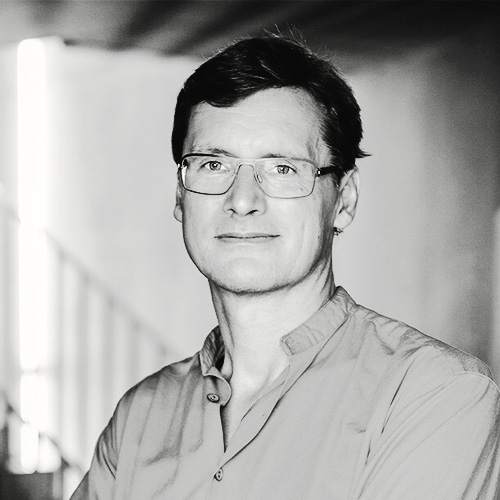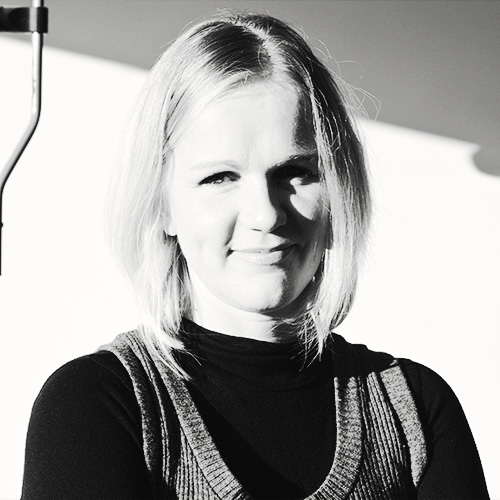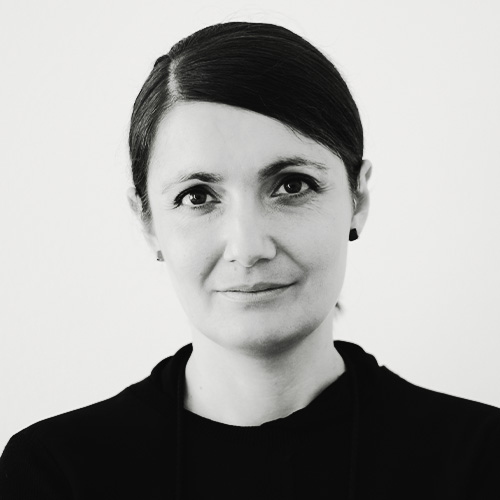Museums seem to have always met the pandemic’s precautions — they are clean and spacious, we don’t touch anything or anyone inside, we don’t speak loudly. However, this did not save them from the crisis and the need for change.
For a change toward a safer space, museums have a solution — they can reorganize their halls and exhibitions and provide private tours for visitors. But won’t this narrow the circle of the audience and make the museums elitist again, as it was in the past?
It is the consumer era that created the museum in its current form — a space for storing and transmitting knowledge and culture, that is accessible to all. This access became even more free during COVID-19 through digital tours that save the audience money and travel. However, they also trim down the intimate experience of art.
How then to rethink and reinvent museums? If the queues in front of the Mona Lisa are considered past, what is the future? In the following conversation, three directors of museums in Basel, Tallinn and Gabrovo are looking for the answer, suggesting bold options such as the museum becoming a new type of public space.
Participant

Margarita Dorovska
Director of the Museum of Humor and Satire in Gabrovo, Bulgaria, with a curatorial diploma from the Royal College of Art in London. She has led the European Resident Network for Media Artists and the Transitland Project. Video art from Central and Eastern Europe 1989-2009, which is the most representative archive of video art for the region. Margarita works on advocacy NGO campaigns in the field of art and culture and is interested in the use of technological solutions in the field, as well as in art in public spaces.
Participant

Andreas Ruby
Director of the Swiss Architecture Museum in Basel and co-founder of Ruby Press, which has published about 20 books on contemporary architecture. Andreas is an architectural critic, contributor to international journals and curator of exhibitions and symposiums on architecture and design, including the Montenegro Pavilion at the 14th Venice Architecture Biennale in 2014. He has taught Architectural Theory and Design at reputable institutions such as Cornell University in New York, ENSAPM in Paris and the Umeå School of Architecture in Sweden.
Participant

Triin Ojari
Architect and architectural historian and critic from Tallinn, where she was born and works to this day. She graduated in Art History from the Estonian Academy of Art, heads the local Society of Art Historians, and since 2014 has been the director of the Estonian Museum of Architecture. For 12 years, Triin has been the editor-in-chief of one of the country’s most important architectural magazines, MAJA, and her opinion is highly valued — she is a member of the board of experts of the European Prize for Urban Public Space and EUMiesAward for contemporary European architecture.
Moderator

Aneta Vasileva
Architect, architecture historian, critic, and lecturer at UACEG in Sofia. She has a Doctor’s degree in History and theory of architecture with focus on the second half of the 20th century, and is contributor at the transnational European project for totalitarian regimes architecture ATRIUM. Aneta is one of the founders of WhAT Association, and since 2010 she’s been active in architecture criticism and publicity, conduct and jurying of architecture competitions. She’s also a member of A10 New European Architecture Cooperative.